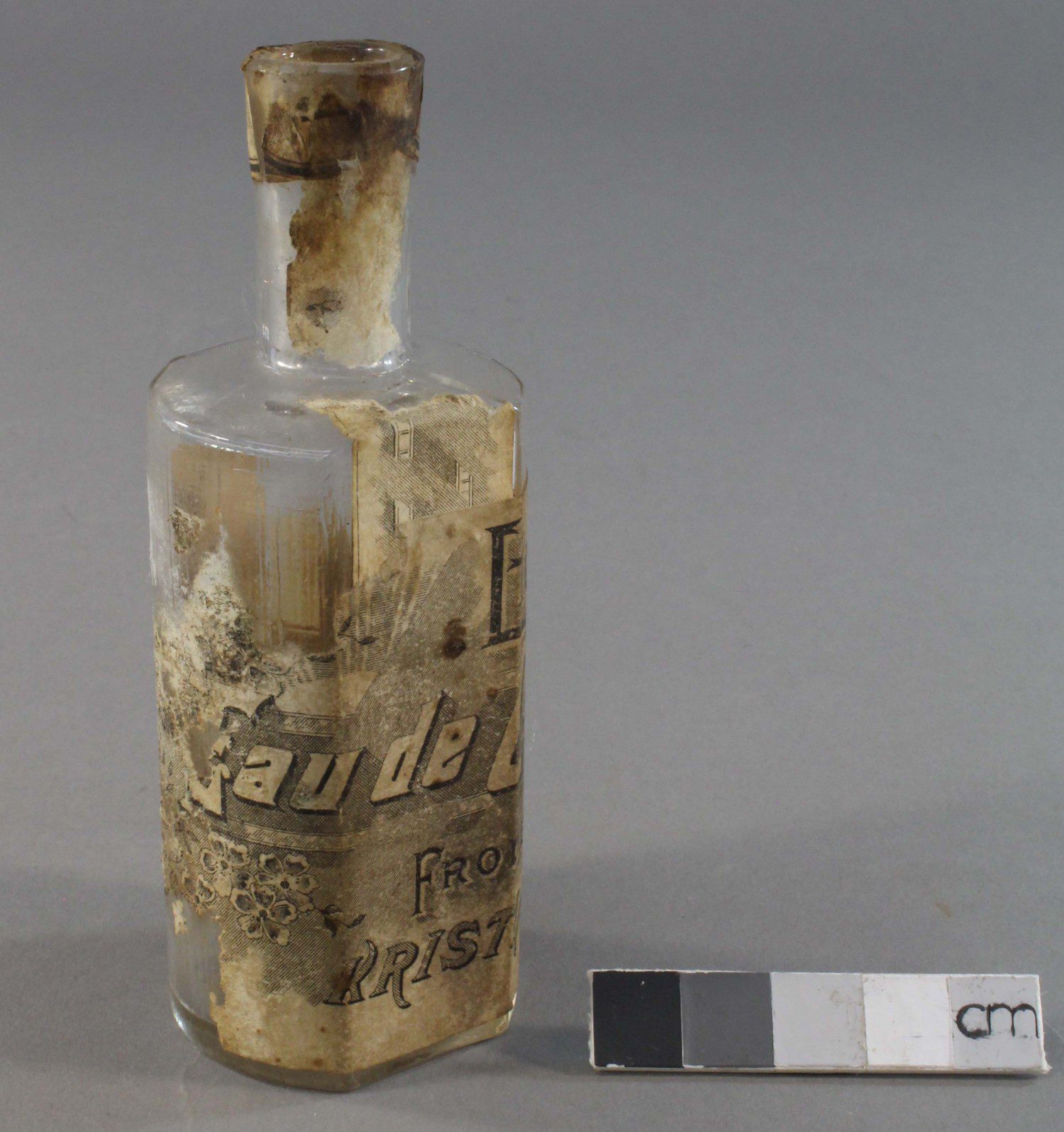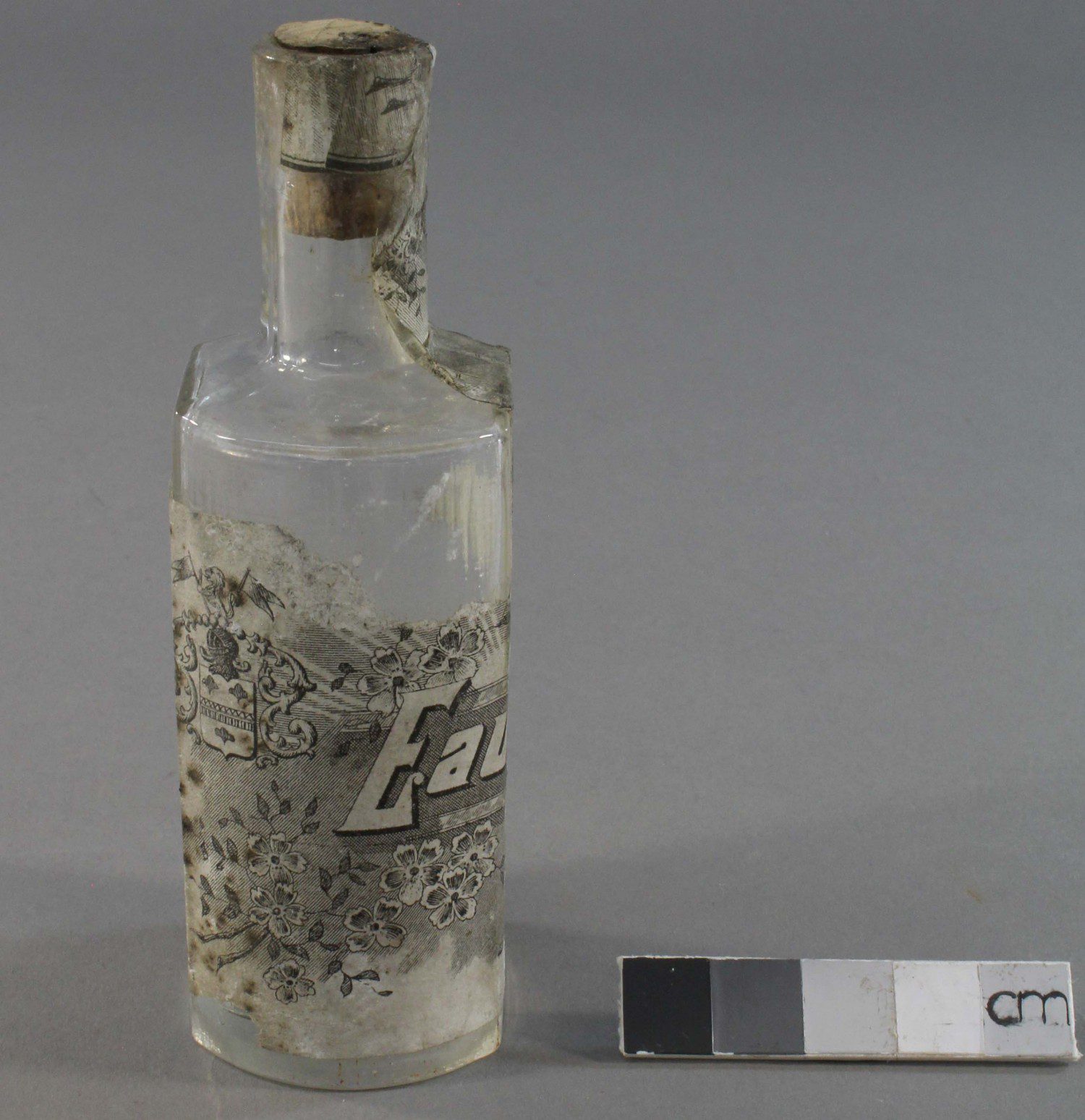The Great Unwashed
Preparations for all polar explorations must be meticulous and there are a very few things that you can forget to pack for a major expedition to Antarctica and think: “Oh well, I’m sure we will get on without it.”
Soap, while not necessary for survival, is still not one of them; but it was in fact what happened to the Borchgrevink Southern Cross expedition.
According to Hugh Blackwell Evans’ account the expedition found, once installed in Cape Adare and when the Southern Cross had departed, that apart from a few bars for washing and shaving that the expedition members had packed privately, there was no soap to be found. Ten men were to live together in a space measuring 15ft x 15ft for a year without soap.
 Canterbury Museum
Canterbury Museum Borchgrevink’s Southern Cross Expedition 1898-1900 The expedition members pictured just before spending the first winter on the Antarctic continent, 1899.
Apart from the obvious discomfort this might seem trivial but judging by the amount of personal grooming objects, beard comb, tooth brush and hair brush, which were found in the hut, personal hygiene was not something taken lightly and cleanliness was considered an aspect of moral character. During Scott’s Terra Nova expedition cleanliness was considered, however erroneously, as a cure against scurvy.
It was not until spring that a cake of dog soap was discovered, to great joy of the hut’s by now smelly inhabitants. “… without this important necessity you can imagine what a frightful state the house and clothing generally got.” They had coped with the lack of soap by only washing once a week on Sundays, and then with as little soap as possible. Evans also mentions that they could not wash their clothes, both for lack of soap and water. This may or may not be connected to Borchgrevink’s cryptic comment in his account about turning their shirts in celebration of the New Year.
The dog soap mentioned is likely to be carbolic soap, derived from coal tar and intended for killing fleas as previously dogs had been washed with household lye soap.
However, in spite of forgetting the basic necessity of soap there are a few simply delightful bottles of Norwegian Eau de Cologne, which someone did have the foresight to bring along.
The bottles are in transparent glass with a long thin neck and a geometric shaped body, and what remains of the labels shows printed text on a decorative background of flowers. Only one of the bottles has a stopper, bulbous cork which appears to have been whittled by knife. It is not known if they were packed as part of the expedition by an individual member, but five bottles of cologne is a plentiful supply for just one person. Although surrounded by penguins and unwashed men it might just have come in handy.
 Antarctic Heritage Trust
Antarctic Heritage Trust Eau de Cologne bottle produced by Frode Lieungh in Oslo.
 Antarctic Heritage Trust
Antarctic Heritage Trust Note the elaborately decorated label.


